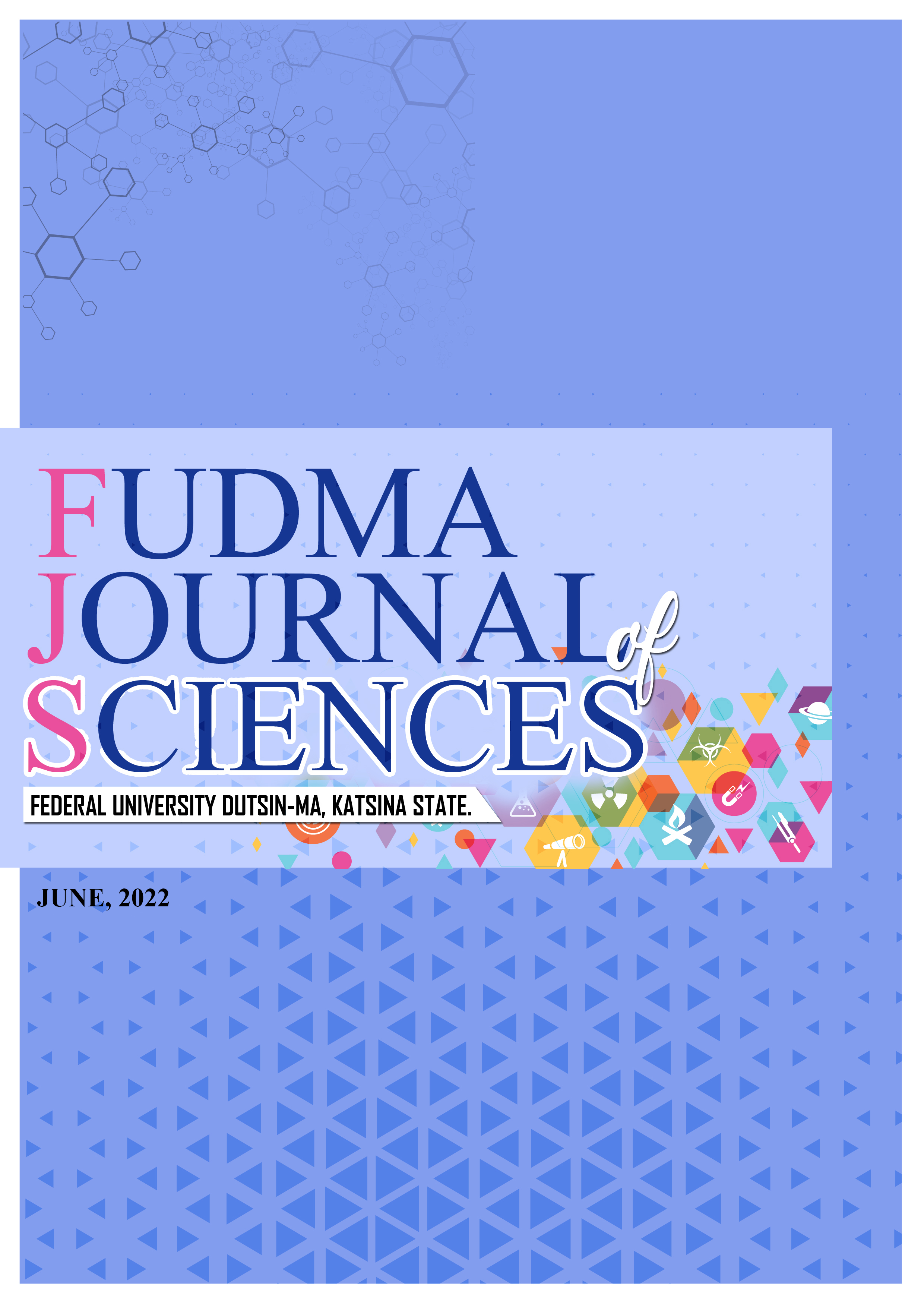RADIO CHANNEL CHARACTERISTICS IN HIGH-SPEED TRAIN WIRELESS COMMUNICATION CUTTING SCENARIO
Keywords:
Autocorrelation function, Channel model, Cross correlation function, Cutting scenario, High speed train, Wireless communicationAbstract
Cutting scenario is one of the common and major scenarios in HST wireless communication, as it is used for flatness and smoothness of HST track. However, very few research has been carried out on how cutting shape affects the wireless communication system in HST, hence the reasons for embarking on the investigation of radio channel characteristics in HST wireless communication in the cutting scenario. In this paper, four key parameters were identified in the cutting scenario; the width-up (Wup), width-down(Wdown), the slope of cuttings and vegetation of the environment. The statistical properties of the channel model determined, the two correlation functions; Cross correlation function and Autocorrelation function determined from the simulation. The result shows that there is a higher correlation with the larger sum of Wup and Wdown. Also, there is a similarity between the theoretical and simulated channel model





